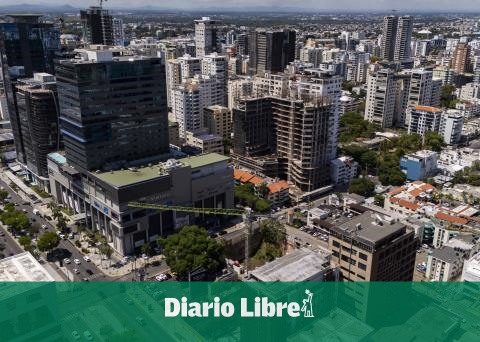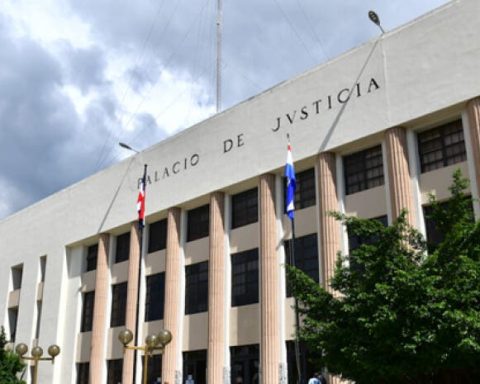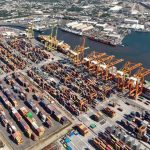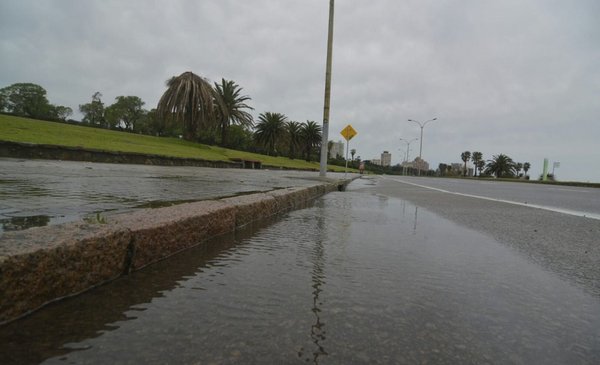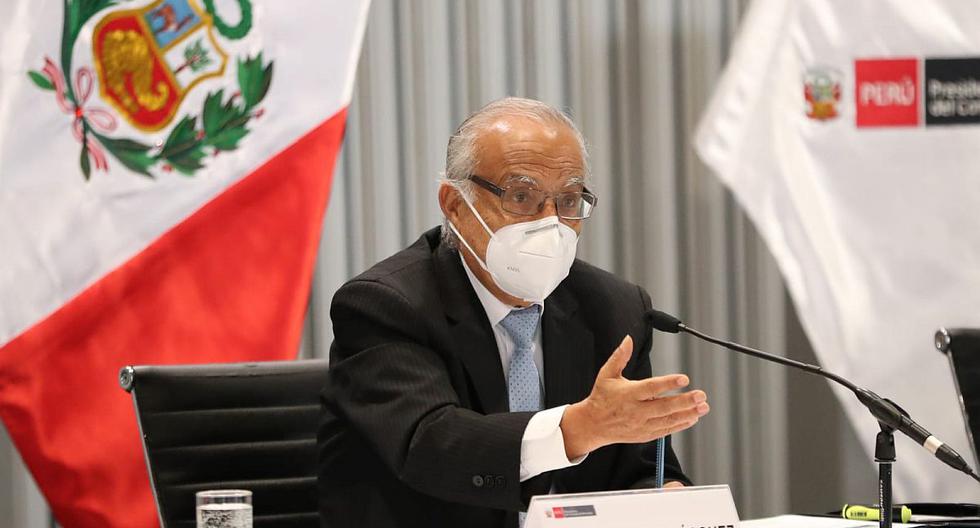Just two days after the war began, wheat and corn increased their costs by 10% and fertilizers increased.
The covid-19 pandemic imposed serious challenges on Dominican and global agriculture. The armed conflict between Russia and Ukraine has made it much more complicated.
Russia is one of the main exporters and producers of wheat in the world and Ukraine is the breadbasket of Europe. It is a country that generally produces a lot of corn and a lot of wheat.
In the case of corn, Ukraine exports 17% of all that is exported in the world (about 33 million tons), and in the case of wheat it is also an important player, because it exports about 30 million tons in year.
For the Dominican Republic, it might seem that a situation that occurs far away does not matter much. The agricultural economist Winston E. Marte provides specific elements to indicate the opposite: “What is happening has translated into increases in the prices of freight rates for raw materials and supplies (fertilizers, urea, potassium, phosphorus), in corn, wheat, soybeans and vegetable oils and fats, in a general sense, which are highly important for national agriculture”, he states.
It does so, referring initially to the ravages left by the health crisis, and then to everything that has been happening since last week in Ukraine. Winston Marte, an agricultural engineer by profession, with a master’s and doctorate in Agricultural Sciences, graduated from the University of Kyushu, Fukuoka, Japan, makes it clear that Russia is – additionally – the second largest exporter of natural gas in the world and the gas is used to process urea in the world.
Urea is a fundamental component for fertilizers that are used globally in different crops, including in the Dominican Republic, a nation that is eminently agricultural.
Before the pandemic and during it, the local productive sector had already suffered price increases.
Now there is the aggravating circumstance that -given the aforementioned conflict- the nations involved in it are very limited to exporting corn and wheat and the issue of gas for urea processing is pushing up the prices of these commodities. It is a “domino effect”.
In the case of wheat and corn, just two days after the start of the war, their costs increased by 10%. Fertilizers have already increased by a much higher proportion, in some cases by 100%, the agricultural economist calculates. The numbers handled by Winston Marte, professor at the School of Agronomic Engineering of the Autonomous University of Santo Domingo (UASD), consultant and agricultural producer, indicate that in the pre-pandemic, a metric ton of corn cost between 170 and 180 dollars and currently it costs $320. It is a topic that leads to a lot of thinking and generates some concern.
In the case of wheat, it cost about 220 dollars and currently 430 dollars. Fertilizers have more than doubled and this has a direct implication in the production costs of all crops in the Dominican Republic and especially in livestock products, such as chicken, egg and pork. But this price behavior could also keep awake those who are immersed in the livestock business, be it meat or milk (it is called dual purpose).
“I think that the effects will begin to be felt in the Dominican population between a month and two months, because there is already a problem with the supply of these products in the market. When I speak of problems, I expressly refer to the fact that these countries (Ukraine and Russia) are no longer able to market normally the products that they traditionally marketed (wheat, corn, natural gas). That decreases supply, and when it decreases, prices increase,” predicts Marte, in conversation with elCaribe and CDN, channel 37.
And he adds: “Now then… there is another effect that will be felt much faster and it has to do with the increase in the barrel of oil, which has already exceeded one hundred dollars. Projections are on the upside,” he indicates. Texas Intermediate Oil closed yesterday at $107.67.
Fuels have an important component and weight in the formation of production costs at the local level, taking into account that raw materials have to be transported from logistics centers, such as ports and airports, to production centers -on the one hand- , and on the other, products such as rice, musaceae (bananas and bananas), potatoes, carrots, milk and others – are transported from the countryside to consumption centers and to cities, such as Santiago, Santo Domingo, La Vega and San Francisco de Macorís, among others, using fuels.

“Here is the challenge of raising productivity”
“Agriculture is a fundamental pillar of the country’s economy. We must advocate for agriculture to be increasingly supported and strengthened, because we are talking about guaranteeing the food that the Dominican Republic demands,” Winston Marte explained in the conversation, held at mid-morning.
“There are two countries at war and there is a conflict in terms of the supply of certain raw materials that the world needs, not only the Dominican Republic. That, like the pandemic, are clear signs of the importance that each of the countries must give to the agricultural sector,” he added.





